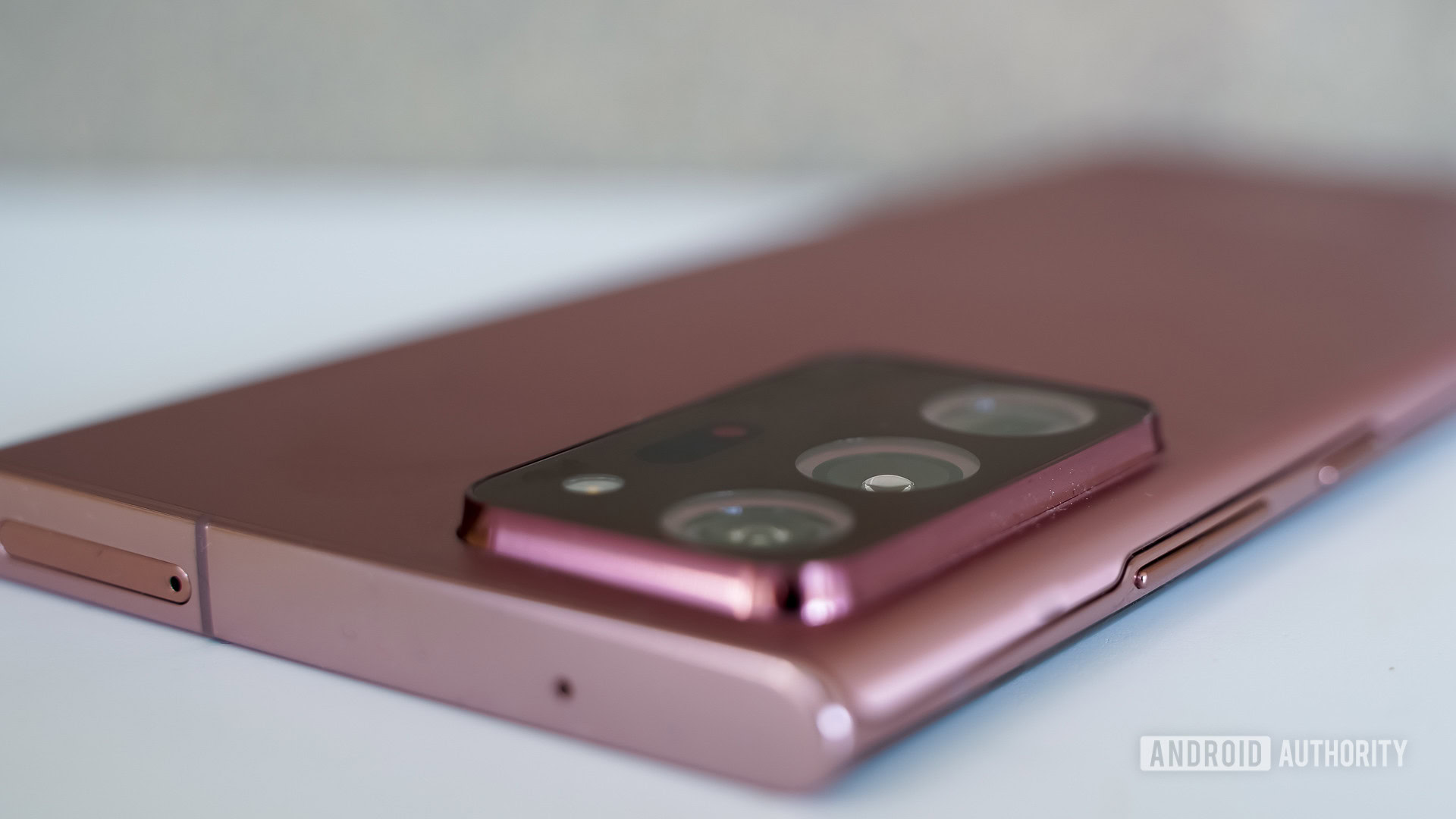Affiliate links on Android Authority may earn us a commission. Learn more.
Report: Samsung is making a huge profit on every Note 20 Ultra sold
September 10, 2020

- Samsung’s Galaxy Note 20 Ultra reportedly costs $549 to make.
- The figure doesn’t include other costs like research and marketing.
- Either way, it looks like the firm is making a healthy profit.
Manufacturers tend to make a big profit on each premium smartphone sold, and it looks like it’s no different with the Samsung Galaxy Note 20 Ultra.
Counterpoint Research has published its analysis of the Note 20 Ultra’s bill of materials (h/t: SamMobile), claiming that the phone costs just $549 to make. This figure includes the apparent cost of components as well as other figures like assembly, testing, in-box accessories, and the S-Pen.
The bill of materials doesn’t include costs related to marketing, licensing, and R&D. So Samsung isn’t quite making ~$750 in profit on the $1,300 smartphone, but it certainly points to a big profit margin nonetheless.
Counterpoint’s analysis also points to the Snapdragon 865 Plus chipset, X55 modem, and various RF components setting Samsung back roughly $154. This is likely in line with cost disclosures from analysts and Xiaomi. The Chinese firm reported earlier this year that the Snapdragon 865 and X55 combo is double the cost of the Snapdragon 855 and 4G modem, with CEO Lei Jun later saying it cost ~$70 extra over the Mi 9’s silicon.
The high cost of 5G
The research company adds that the mmWave 5G version of the Galaxy Note 20 Ultra is also notably more expensive than the sub-6GHz 5G model. “The mmWave variant costs roughly 10% more than the sub-6GHz variant in terms of total component costs,” senior analyst Ethan Qi was quoted as saying.
We’ve also previously seen the mmWave Galaxy S20 lack microSD storage and offer less RAM than the standard S20, ostensibly due to design and price considerations. It’s unclear if the mmWave-toting Note 20 Ultra has suffered from any similar cutbacks.
In any event, it’s clear that Samsung is making a tidy profit with every Galaxy Note 20 Ultra sold. But we’ll have to wait and see if sales actually hold up or if the high price has scared some customers away.
Next: Samsung Galaxy S20 Ultra revisited — The good and the bad, six months later
Thank you for being part of our community. Read our Comment Policy before posting.